
There are a whole series of “quick start”, “starter bacteria”, “nitrifying bacteria”, “stabilization systems” and “bacteria-in-a-bottle” products that claim to enable one to do the following:
- “Add Fish Immediately”
- “Safe Immediate Introduction of Livestock”
- “Allows Instant Addition of Fish”
- “Avoid New Tank Syndrome”
- “Prevents New Tank Syndrome”
- “Rapidly Cycle Tanks”
- “Allows Immediate Introduction of Fish”
Three tests were run on eleven popular bacteria-in-a-bottle products (seven of these were replicated twice for accuracy). Ten other treatments were used. All the tests were run with ammonia (ammonium chloride in ammonia solution). The first two tests had a phosphate fertilizer added at the beginning of the cycling. In the first two tests composted cow manure, brown gunk from an aquarium filter and garden soil took 8 to 12 days to cycle, the commercial “bacteria-in-a-bottle” products, and the four controls (no treatment) took 26 to 46 days to cycle.
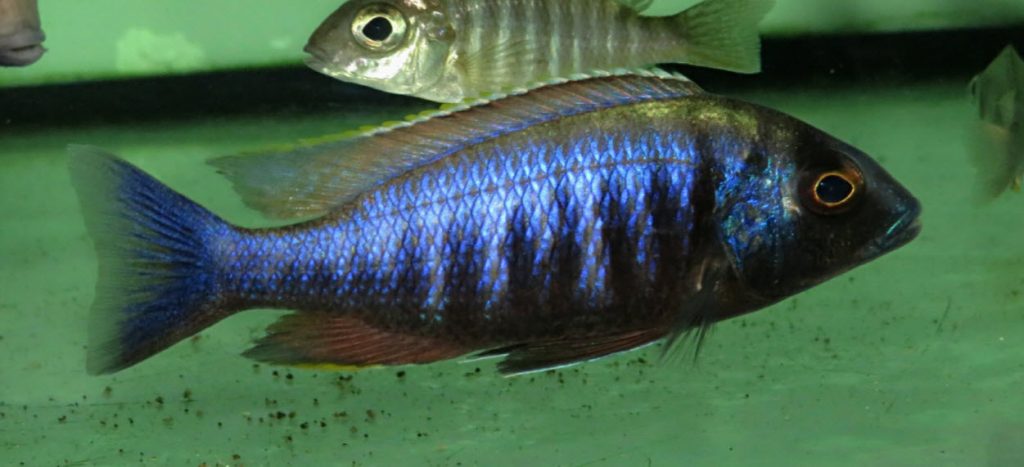
Surprisingly a third test showed that the addition of phosphate fertilizer is very important if one is cycling with ammonia.
Test of Bacteria in a Bottle Products
The three tests can be put into a table format:

The tests proved that bacteria-in-a-bottle products do not help establish a cycle any faster than adding nothing will (there were a total of six “controls” [No Treatment #1 and #2] run which came out the same as adding bacteria in a bottle products). None of them will do anything to “avoid new tank syndrome”. And if one wants to avoid adding fish during the ammonia and nitrite spikes of cycling, these products will not allow one to “add fish immediately”.
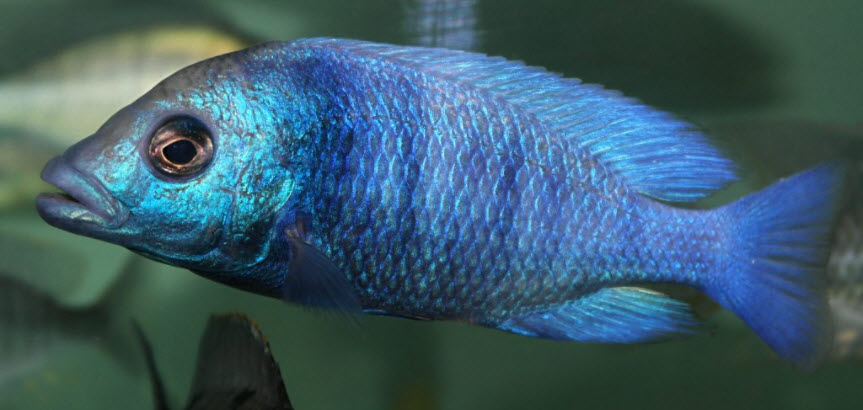
Note the “black soil” referred to was from potted plants and the garden. It was not the commercial potting soil sold in garden stores. Most commercial packaged potting soil is sterilized and will not provide any benefit to cycling.
The addition of phosphate turned out to be very interesting. It helped the cycle time to add phosphate. It also appears that Dr. Tim’s One and Only brand of bacteria has phosphate in it. And it appears manure compost and sponge filter gunk have significant phosphate in them but black soil does not have phosphate. But more tests would be necessary to firm up that data.
Note that this test was deliberately kept very simple so that anyone can easily duplicate it if they want to. A rigorous scientific test under laboratory conditions cannot be replicated by any hobbyist so that was not done. This test was not designed to be published in some scientific journals. But the test results were analyzed using the very powerful JMP statistical analysis software and the conclusions were irrefutable.
.

Analysis
This study conclusively proved four things and only four things:
- Bacteria-in-a-bottle products do not speed up the aquarium cycling process, with no significant difference being seen between bacteria in bottle products and aquariums cycled with nothing added.
- Compost, brown gunk from an established filter, and soil do speed up the aquarium cycling process significantly.
- Cycle time is reduced by the addition of phosphate at the start of the cycle.
- Dr. Tim’s One and Only beneficial bacteria-in-a-bottle did have some statistically positive effects on cycling. This may be due just to dumb luck. The bottle of Dr. Tim’s might have been very “fresh”.
One must caution against reading anything else into the study. The JMP statistical software showed ONLY that these four conclusions can be drawn at a 95% confidence level.
For a far more in-depth analysis of bacteria in a bottle products and this test go to this link:
2.8.1. Bacteria in a Bottle in Depth
.
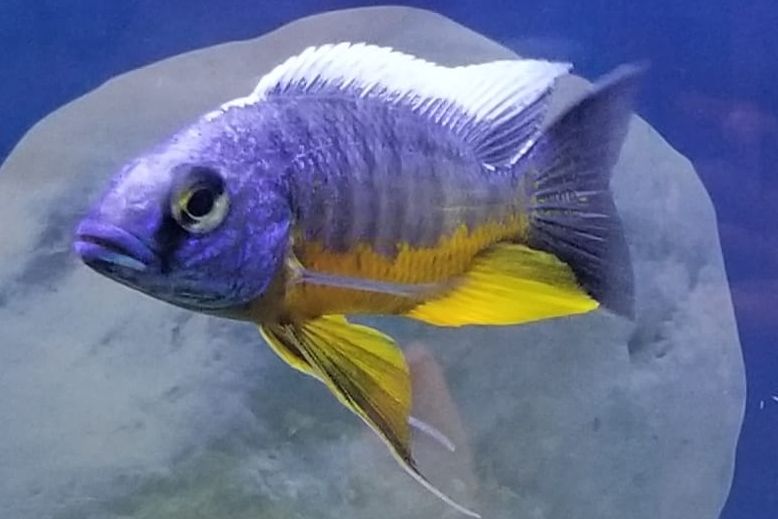
Belief Perseverance Effect
Now there is a psychological phenomenon called “belief perseverance effect” which is very strong. “Belief perseverance effect,” says that if someone buys something, and especially if someone pays a lot of money for that something, even when presented with evidence they made their purchase in error, a normal person will rationalize and support their own decision. There is no way any evidence, testing, or science can penetrate the walls that the belief perseverance effect puts up. So we won’t try.
.
“Nothing dies harder than a lie that people want to believe” Calvin
.
The chart above was put on Facebook and one commenter came back with what is a typical comment:
“I’ve used Stability with a brand new tank and canister filter and cycled in 14 days with fish in.”
Fish poop is filled with tons of beneficial bacteria. So this hobbyist simply seeded his filter with fish poop. The Seachem Stability had nothing to do with the cycle. But of course, no one noticed this little fact.
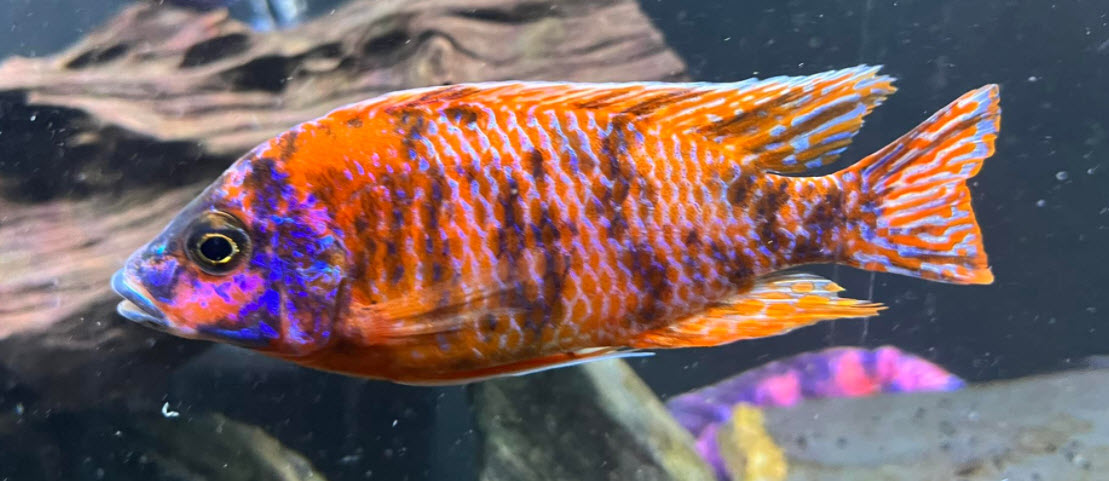
Here is another actual comment about the same chart: Hendrix Ralston to David Bogert 3-26-2022
“Yeah, I don’t trust those numbers. I’ve used Frytzyme 7 and 9 on all tanks I’ve set up in the past few years and have always had them cycle out in no more than a week.”
What is missing here is the following sentence:
“I’ve used the same cycling process without the Fritzyme and it took three to five weeks to cycle the aquariums.”
There are many reasons a “cycle” can happen very fast: fish poop in the tank, plants in the tank, carbohydrate-rich fish food used to cycle the tank, defining the end of cycling differently, etc. Without using “controls” any test is meaningless. And it should be noted that Fritz has a very active “fake account” presence on Facebook.
Normally marketing hype does not harm the fish. But if someone believes this “instant cycling” claim and adds a ton of fish at aquarium start-up together with some bacteria-in-a-bottle, this hobbyist, in very rare instances, might lose all their fish. But so be it!
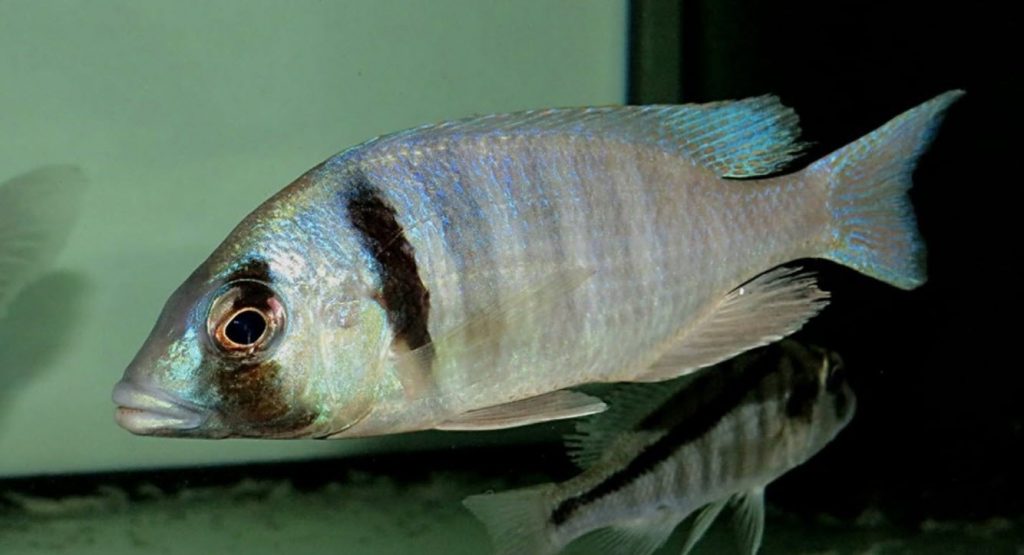
There is another “bacteria-in-a-bottle” series of products. These products supposedly “reduce and eliminate sludge” in an aquarium. These are all complete scams. These products are reviewed at this link:
2.8.2. Sludge Reducing Bacteria.
.
Return to Cycling Menu
.
Aquarium Science Website
The chapters listed below or on the right side in maroon lead to close to 400 articles on all aspects of keeping a freshwater aquarium. These articles have NO links to profit-making sites and are thus unbiased in their recommendations, unlike all the for-profit sites you will find with Google. Bookmark and browse!
.

Sean M. says
Your conclusion doesn’t entirely match the data. Three of the bacteria cultures – Dr. Tim’s, Glosso and Seachem – actually did result in quicker cycle times than not adding any external sources of bacteria. A more accurate conclusion would be that it depends on the culture used, and that while none of them are more effective than adding a substrate with an existing bacterial population, there are visible benefits with using some cultures while others do not provide any benefits at all.
Dave says
In reply to Angelo …. Best to squeeze the sponges into the new tank water. Then pick a cycling method and follow the directions for which one you have picked; fish in, Fishless, what I do, ammonia, etc. http://aquariumscience.org/index.php/2-aquarium-cycling/
Angelo says
I am in the process of setting up a new tank. I do have 2 established tanks already and was thinking of using some of the media to introduce bacteria into the new tank. Should i squeeze the sponges into the new tank water. Or should i place some of the biomeda into the new canister filter? I would alao ike to use phosphates as you stated in this article. How much phosphates would i beed to add and how often?can o add fish as well or should i wait a week or two thanks
Brandon Bishop says
whaaaaa I have a pond and cows/horses………sitting here using Dr Tim’s ammonian and Stability. Gees I could already be enjoying fish.
Patrick says
Re: Yan – no dispute on that!
Yan says
On reply to Patrick : What’s cool about pond mud, black soil and filter’s brown gunk it’s that they’re free + they work to speed up cycling.
Patrick says
Hi Dave, Taricha from R2R ran some tests with bacteria in a bottle and live sand products and found some to be quite effective – namely, Biospira and Fritz TurboStart 900 as well as the live sand products. The design was “All they get is moving saltwater, ammonia, O2, moderate temps and time.” Apparently whatever is in Fritz is very quick to oxidize ammonia at high concentrations, but below .5ppm it slows down considerably.
What I found very cool was that Taricha later ran some experiments subjecting Biospira to extreme temperatures and found that it converted ammonia in all cases, though the tests that saw the Biospora being frozen did so much more slowly.
https://www.reef2reef.com/threads/not-all-cycling-bacteria-are-created-equal-whos-who-and-what-do-they-need.989780/post-11741966
All the tests are done with saltwater, except one testing Fritz 700 vs 900 in salt vs freshwater showing that they aren’t very effective when used in the wrong water type. Taricha has not yet gotten around to testing phosphates in the products.
Dave says
In reply to J.. I found the article referenced. Apparently they got very fresh bottles and only tested for a reduction in ammonia. Only the Fritz products gave a reduction, probably because it was the only one which was fresh. So why use a product that might possibly work IF you are lucky enough to get a fresh bottle versus using one of three “natural” products which always work (black dirt, compost and brown gunk from a filter)?
J. says
Hi Dave,
Really enjoyed reading your website over the last week or so. There seems to be new tests done by others on Fritz.
https://www.reef2reef.com/threads/bacteria-in-a-bottle-myth-or-fact.403226/
https://www.reef2reef.com/threads/bacteria-in-a-bottle-myth-or-fact.403226/
Could you comment on the methodology used and the supposedly positive results of Fritz obtained by these users? I am very skeptical as Irene has already showed in the past that it’s ineffective along with your testing.
Thanks!
Dave says
In reply to Jim Stefano ….. You need to go into more depth with the test as done in the article 2.8.1 Bacteria in a Bottle in Depth. This article states: “The buckets were then cycled with only ammonia (2 ppm ammonium chloride/ammonium hydroxide daily).” Note also it lists all the equipment and only sponge filters were used in the experiment. The testing was replicated by others with basically the same results so I’m not interested in further testing.
Jim Stefano says
It would be useful to know more about the conditions in these cycling tests. (1) You did not mention except in a response to a reader the criterion for being “cycled” was complete removal of nitrite within 24h. How was this done? Did you spike with nitrite, and how much? Dr. Tim claims that high nitrite can kill off their bacteria (whose species makeup may be unusual). They advise the user not to exceed 2 ppm ammonia (which converts to 6.6 ppm nitrite). (2) Elsewhere you have suggested high levels of ammonia should be used to establish the cycle. Was that employed in these tests? (3) Which media (ie-gravel, sponge filters, K1 media, or Matrix, etc) was used? Testing that would likely blow up the magnitude of the project, but it would nonetheless be of interest. There could be species-specific differences in the ability to establish colonies on different media (e.g.-polypropylene vs silicia, vs stone).
Thank You
LL says
Is bone meal phosphate fertilizer?
Dan says
I really appreciate your approach to fish keeping.
I kept fish as a kid but I’m fairly ‘new’ to the hobby as an adult, now a little over 2 years in with 2x 30gal tanks.
One thing I’ve noticed over the years after pouring over different forums and help articles is the immense amount of ‘folklore’ that exists in the hobby. It became very clear to me that almost all the advice you see has been passed around for decades with little to no factual basis.
It’s almost always some form of personal trial and error, but lacking any control, which you highlight pretty effectively in most of your articles.
This site has been my saving grace so thank you for approaching these topics systematically and without any personal bias.
Dave says
In reply to Edward …. I suspect based on my testing you would have had exactly the same result if you had added no bacteria in a bottle at all. I don’t think either Fritz or Dr. Tim’s do anything unless you happen to get a very fresh bottle, like VERY fresh. One YouTube video maker, Girls Talk Fish, did a very well-run test with Fritzyme 7 bacteria in a bottle where the tank wasn’t yet cycled at 63 days of running. A test by Broken Aquarium had FritZyme cycling at 27 days. My tests showed Fritzyme Turbo Start at 38, 32 and 56 days till nitrite was all oxidized in 24 hours. Also note that your test might just have showed Dr. Tim’s takes 14 days to work (actually extrapolating the nitrite might say Dr. Tim’s took 18 to 25 days to work, right in line with my three tests) and Fritz addition meant nothing. Also note that Fritz has a very active fake account presence on social media so I’m not surprised most of the positive recommendations say use Fritz.
Edward Owen says
On Fritz vs Dr Tims
I went through multiple Dr Tims bottles with a 120g new tank that had two small clownfish
Ammonia slowly crept up but testing continues to show 0 nitrites and nitrates for 10 days since the first dose
So I got Fritz – which gets the most recommendations – and within days I saw nitrites and nitrates
That alone was enough for me to go with Fritz over Dr Tims which was a waste of money